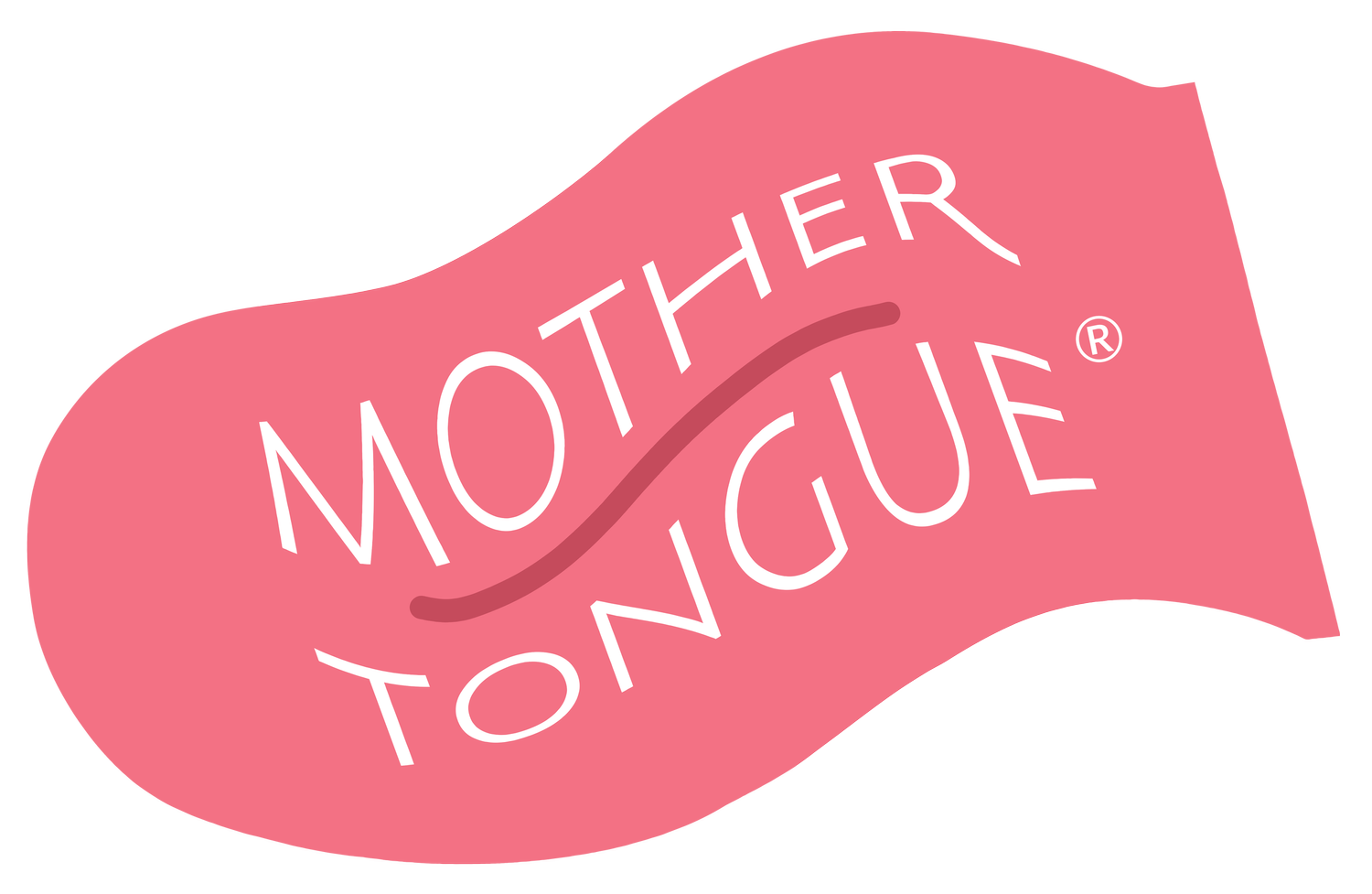
çesm-i bülbül
Çesm-i Bülbül is the most famous type of glass produced in Istanbul’s traditional glass-making district Beykoz. It features clear and coloured glass -usually blue- and incorporates spiral patterns.
The name Çesm-i Bülbül translates to ‘the fountain of the nightingale’. A simple explanation is that this name derived from the bird fountain which supposedly was located next to the original factory. A more colourful explanation is that the name is comes from the glass designs which resemble the mottling in a nightingale's eyes.
Beykoz is a small village near the BlackSea on the Asian side of the Bosphorus. It is one of the oldest communities in Istanbul and has been a center of glass manufacturing for over a century. The founder of this industry in Turkey is accepted to be Mevlevi dervish (a.k.a. Mehmed Dede), who opened an atelier in Beykoz and began producing a variety of decorative and functional glass objects in the 18th century.
The manufacturing technique of the çesm-i bülbül glass is similar to that used in the Venetian "latticinio”, to the point where it can be difficult to distinguish between the two types. Experts claim the direction of the spiral is the key to the object's origins.
Another type of glass from the same region is ‘Beykoz Glass’. These can be transparent, opaque or crystal, and are embellished with gilded floral motifs.
[1] https://www.skylife.com/en/1992-04/beykoz-camlari
Banner Image via https://www.camocagi.org/



